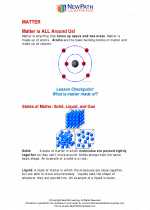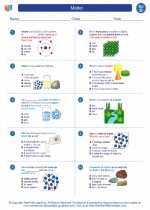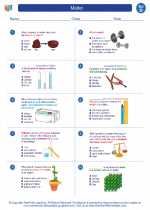Nebulae: Exploring the Birthplaces of Stars
Nebulae are vast clouds of dust and gas found in interstellar space. They are often considered the birthplaces of stars and planetary systems. There are several types of nebulae, each with its own unique characteristics.
Types of Nebulae
1. Dark Nebulae: These are dense clouds of gas and dust that obscure the light from objects behind them. They are often the sites where new stars are born.
2. Reflection Nebulae: These nebulae are made up of dust grains that scatter the light from nearby stars, giving them a bluish appearance.
3. Emission Nebulae: These nebulae emit their own light, often due to the presence of ionized gases. The famous Orion Nebula is an example of an emission nebula.
4. Planetary Nebulae: These are the remnants of dying stars, where the outer layers of the star are expelled into space, creating beautiful, glowing shells of gas.
Formation of Nebulae
Nebulae are formed through the gravitational collapse of interstellar gas and dust. The force of gravity causes these materials to clump together, eventually forming a dense cloud. Within these clouds, the gas and dust continue to condense, leading to the formation of protostars and, eventually, new stars and planetary systems.
Studying Nebulae
Scientists use various methods to study nebulae, including spectroscopy, which allows them to analyze the chemical composition and temperature of the gases within the nebulae. Telescopes equipped with specialized filters and instruments are also used to capture images of nebulae in different wavelengths of light, providing valuable insights into their structures and properties.
Study Guide
- What are the main components of nebulae?
- How are nebulae classified, and what are the distinguishing features of each type?
- Explain the process of star formation within nebulae.
- What methods do scientists use to study nebulae?
◂Science Worksheets and Study Guides Fourth Grade. Matter

 Worksheet/Answer key
Worksheet/Answer key
 Worksheet/Answer key
Worksheet/Answer key
 Worksheet/Answer key
Worksheet/Answer key
 Worksheet/Answer key
Worksheet/Answer key
 Vocabulary/Answer key
Vocabulary/Answer key
 Vocabulary/Answer key
Vocabulary/Answer key
